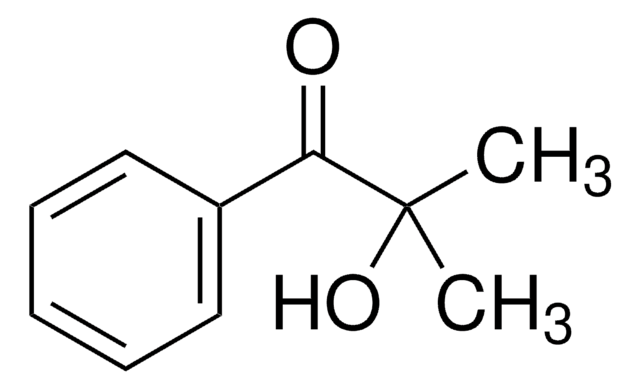763977
Tri(ethylene glycol) diacrylate
97%, cross-linking reagent polymerization reactions, ≤1000 ppm MEHQ as inhibitor
Synonym(s):
Triethyleneglycol diacrylate
About This Item
Recommended Products
Product Name
Tri(ethyleneglycol) diacrylate, contains ≤1000 ppm MEHQ as inhibitor, 97%
Quality Level
Assay
97%
form
liquid
contains
≤1000 ppm MEHQ as inhibitor
reaction suitability
reagent type: cross-linking reagent
reaction type: Polymerization Reactions
refractive index
n20/D 1.464
density
1.110 g/mL at 25 °C
polymer architecture
shape: linear
functionality: homobifunctional
storage temp.
2-8°C
SMILES string
C=CC(=O)OCCOCCOCCOC(=O)C=C
InChI
1S/C12H18O6/c1-3-11(13)17-9-7-15-5-6-16-8-10-18-12(14)4-2/h3-4H,1-2,5-10H2
InChI key
INQDDHNZXOAFFD-UHFFFAOYSA-N
General description
Signal Word
Warning
Hazard Statements
Precautionary Statements
Hazard Classifications
Eye Irrit. 2 - Skin Irrit. 2 - Skin Sens. 1
Storage Class Code
10 - Combustible liquids
WGK
WGK 3
Flash Point(F)
No data available
Flash Point(C)
No data available
Choose from one of the most recent versions:
Certificates of Analysis (COA)
Don't see the Right Version?
If you require a particular version, you can look up a specific certificate by the Lot or Batch number.
Already Own This Product?
Find documentation for the products that you have recently purchased in the Document Library.
Customers Also Viewed
Our team of scientists has experience in all areas of research including Life Science, Material Science, Chemical Synthesis, Chromatography, Analytical and many others.
Contact Technical Service











